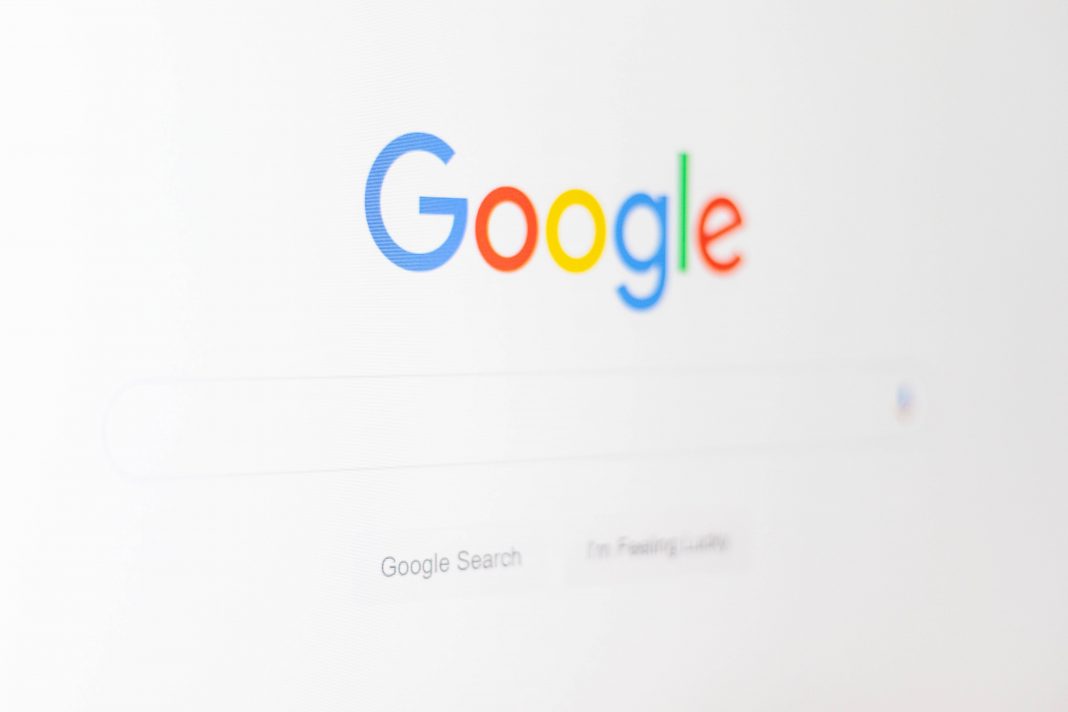Google Developer Relations representative, Martin Splitt has encouraged website owners to use Google’s testing tools before relying on so-called ‘infinite scroll’ features on websites.
As websites look to host more information and keep visitor attention, infinite scroll solutions have grown in popularity.
Infinite scroll is a feature that enables a website to load further content as a user scrolls further down the page, resulting in a seemingly infinite page length.
It’s a feature typically employed by organisations to host large pieces of content or to signpost further content for the reader to browse following the completion of the original page.
Speaking in a recent online webcast, Splitt clarified that in order for Google’s crawlers to see and interpret content within an infinite scroll interface, it would need to be implemented in a suitable manner.
Splitt stopped short of specifying exactly which way this should be achieved, but he did “recommend checking out the testing tools to see the rendered HTML.”
Elaborating further, Splitt said, “It can also be that you accidentally no-index the content that was previously on the page so that you might end up no-indexing too much.
“I would always test these things and look at the rendered HTML. The rendered HTML tells you what we are seeing. You can use the URL inspection tool [in Google Search Console] to see what we have crawled, so you see it in the crawled rendered HTML.”
Analysis: Proceed with caution
Infinite scroll is a smart solution when used correctly. When faced with increasingly data-heavy content options, implementing an infinite scroll feature can reduce the burden on a website’s server and the visitor’s internet connection to load everything in one go.
The key challenge comes with how Google interprets this content and, crucially, whether it can see it as part of a single piece of content or multiple pieces of content.
If your infinite scroll feature loads additional articles after the visitor reaches the end of the main article, then there’s a risk that Google will see the additional content as part of the first article. Alternatively, your web team may have put in place ‘no-index’ tagging on the additional content that loads to tell Google not to view the additional content as part of the original piece. Get that wrong though and Google may accidentally think you don’t want to index any of it.
The stakes are relatively high when implementing this feature, after all, the purpose of publishing information online is to have it found, indexed and presented to users by the likes of Google and Bing.
The best course of action for marketers assessing the merits of infinite scroll is to go into the process understanding the risks, testing the solutions and being sure it works in the way you need it to.











